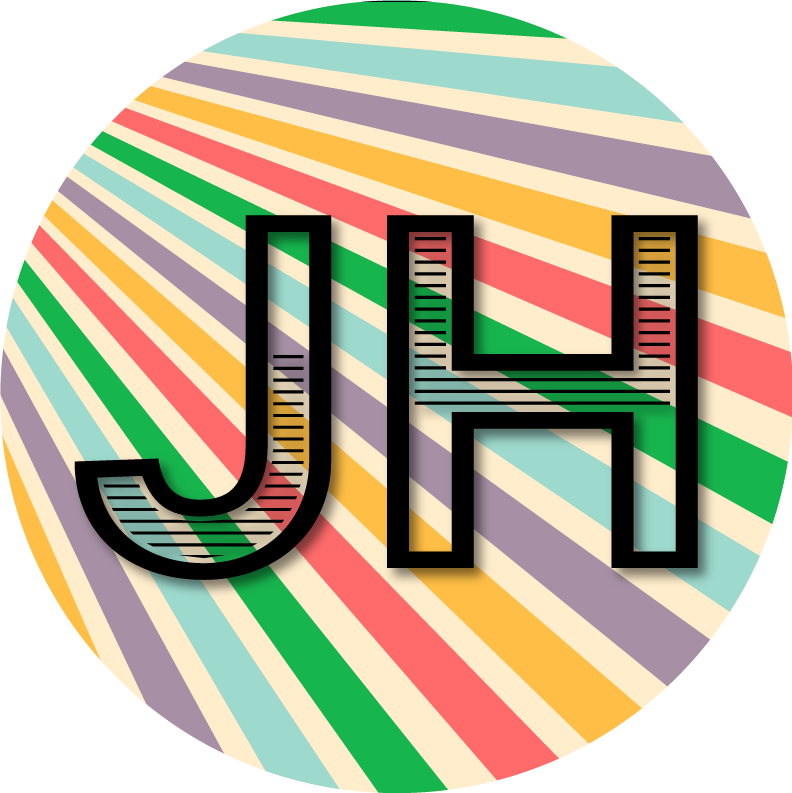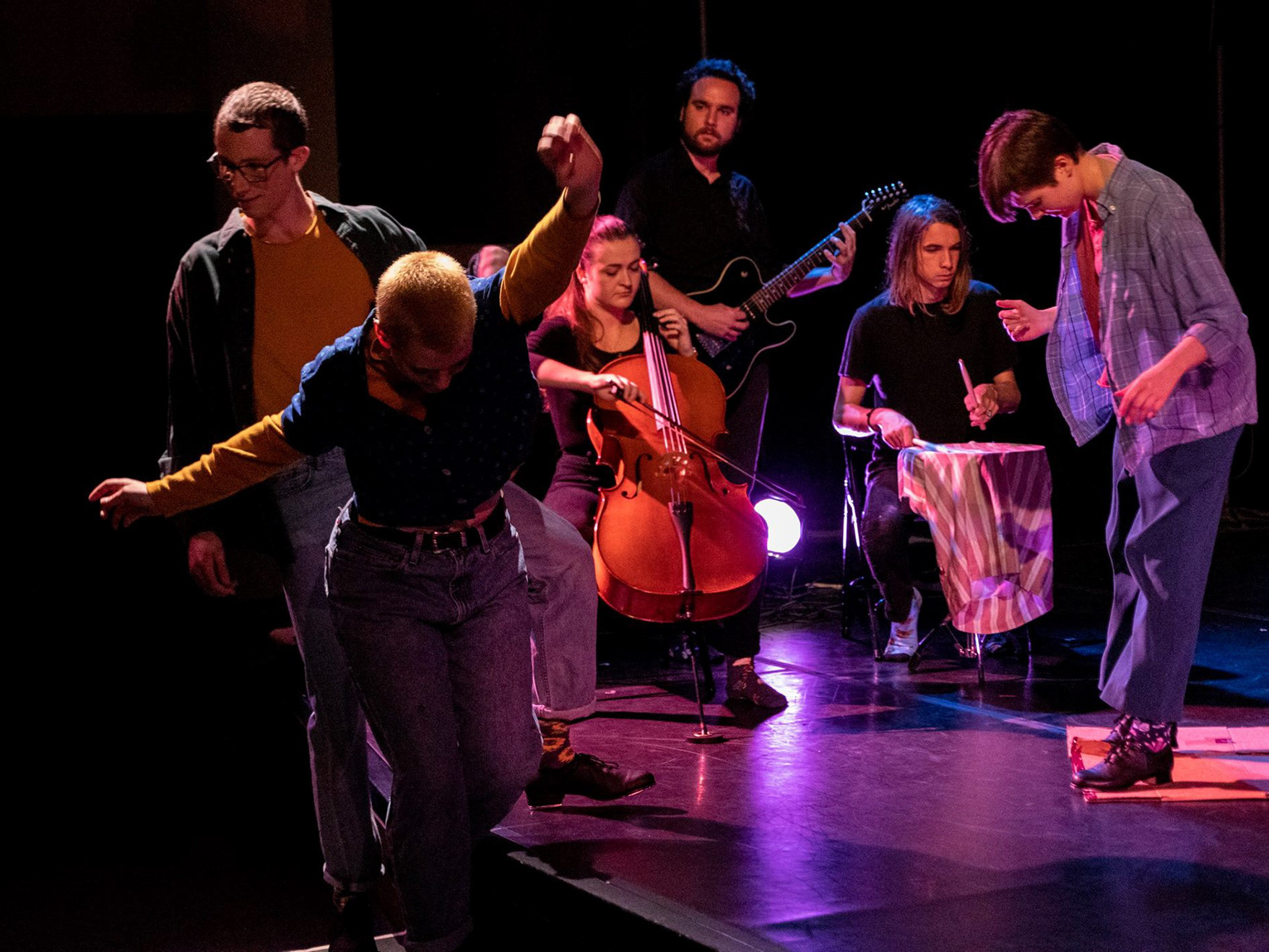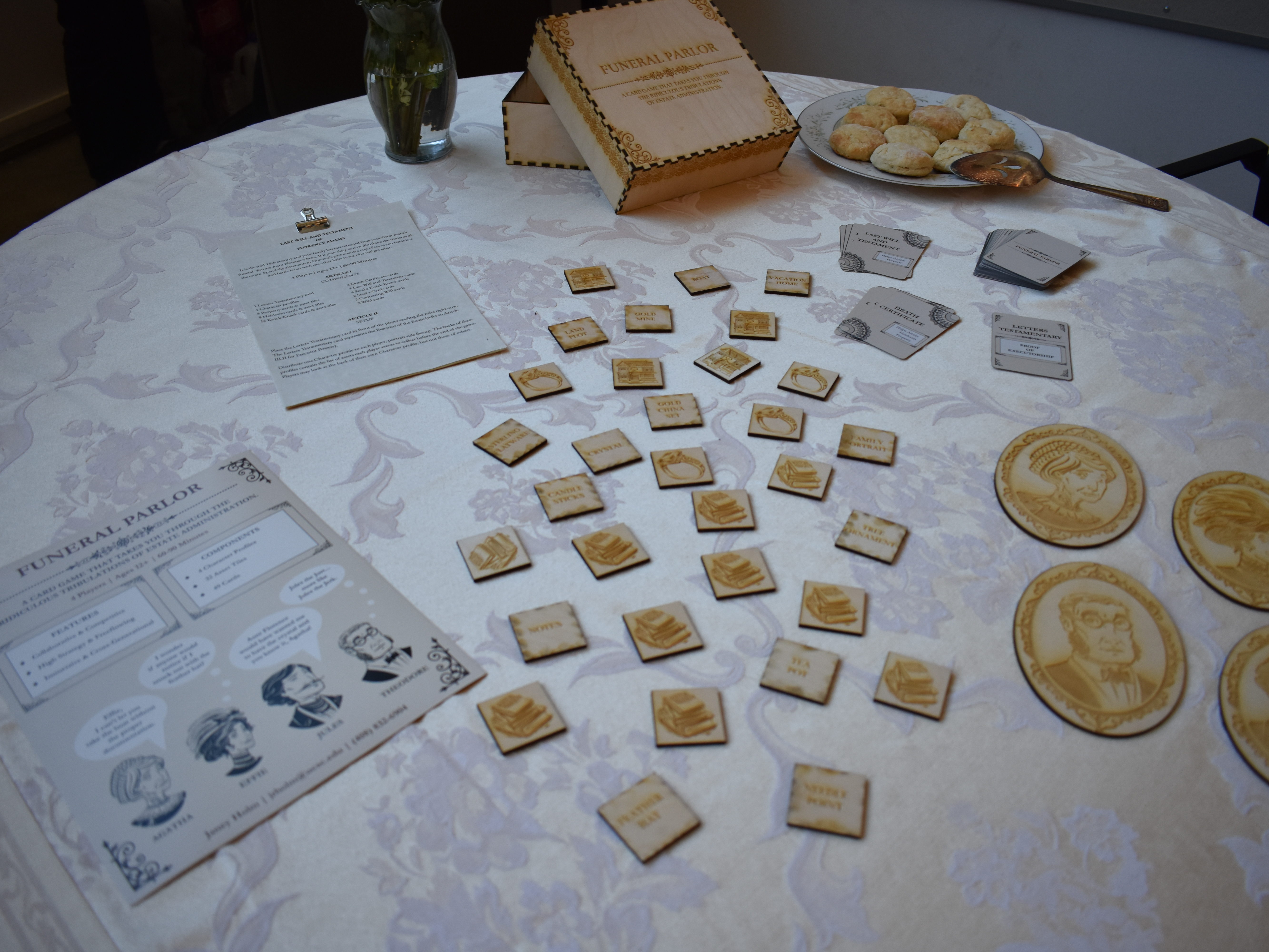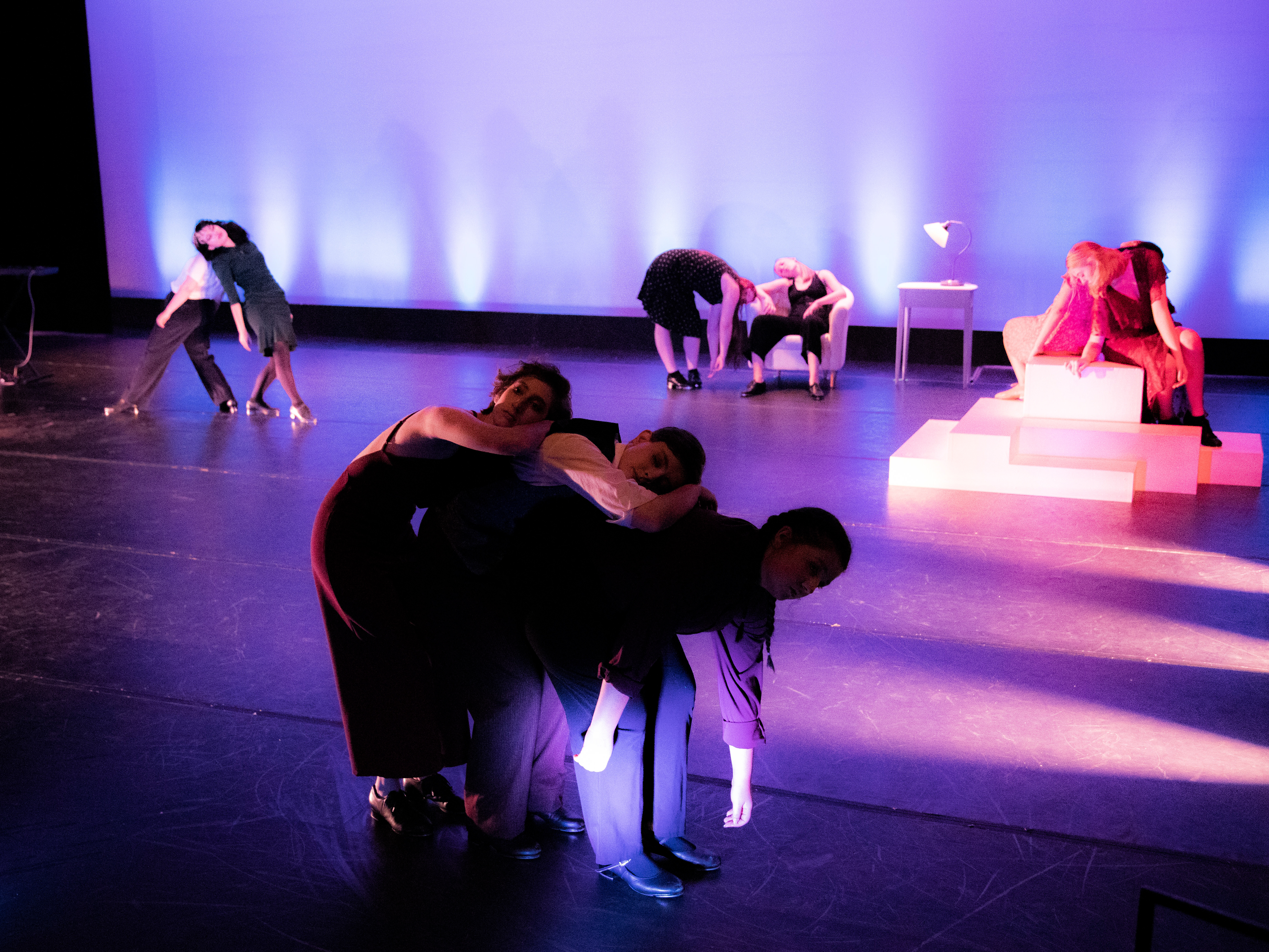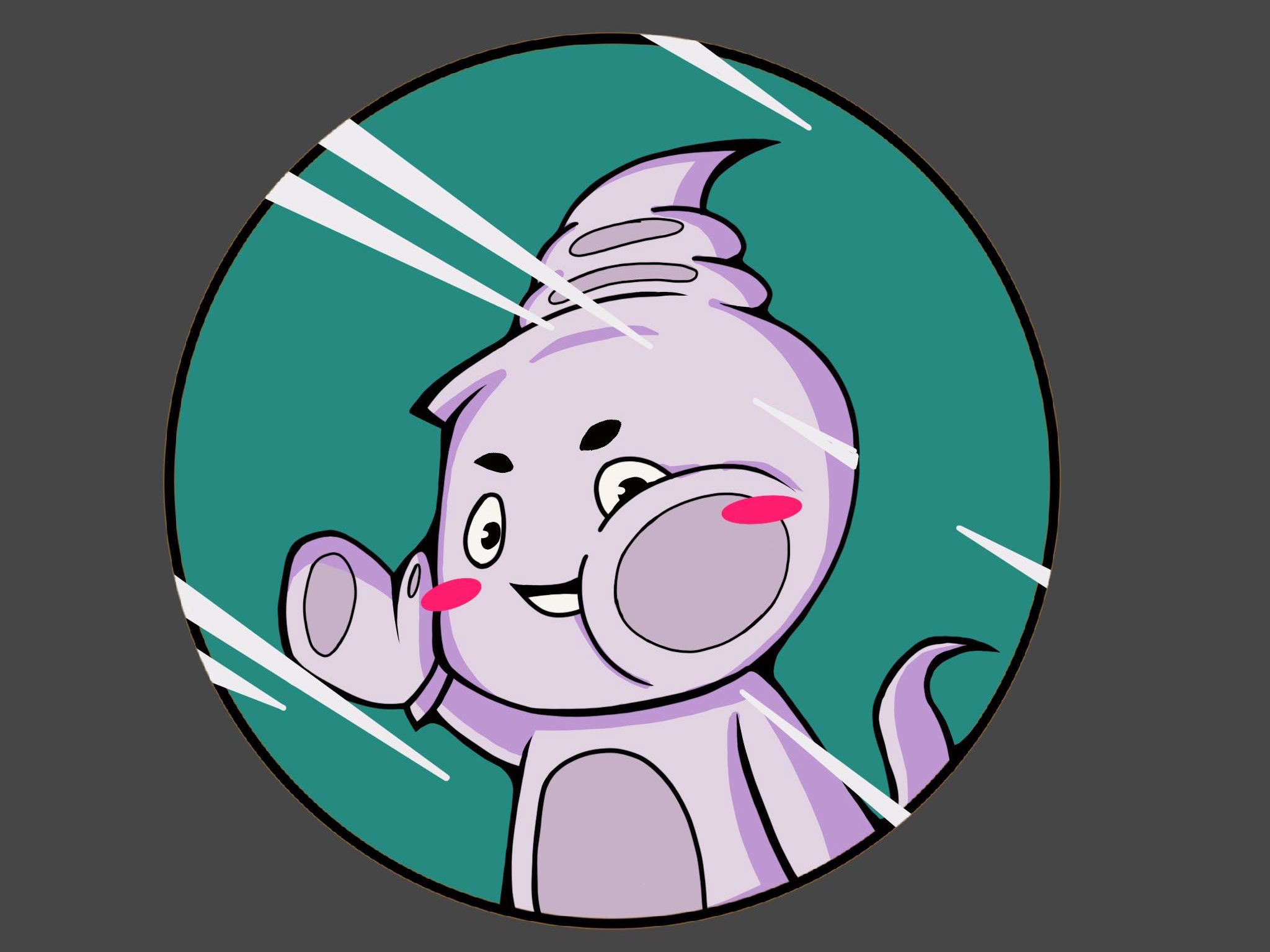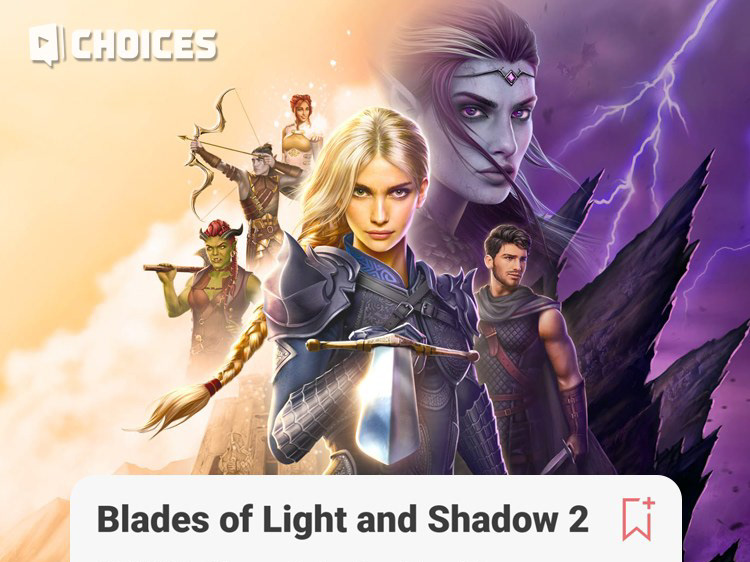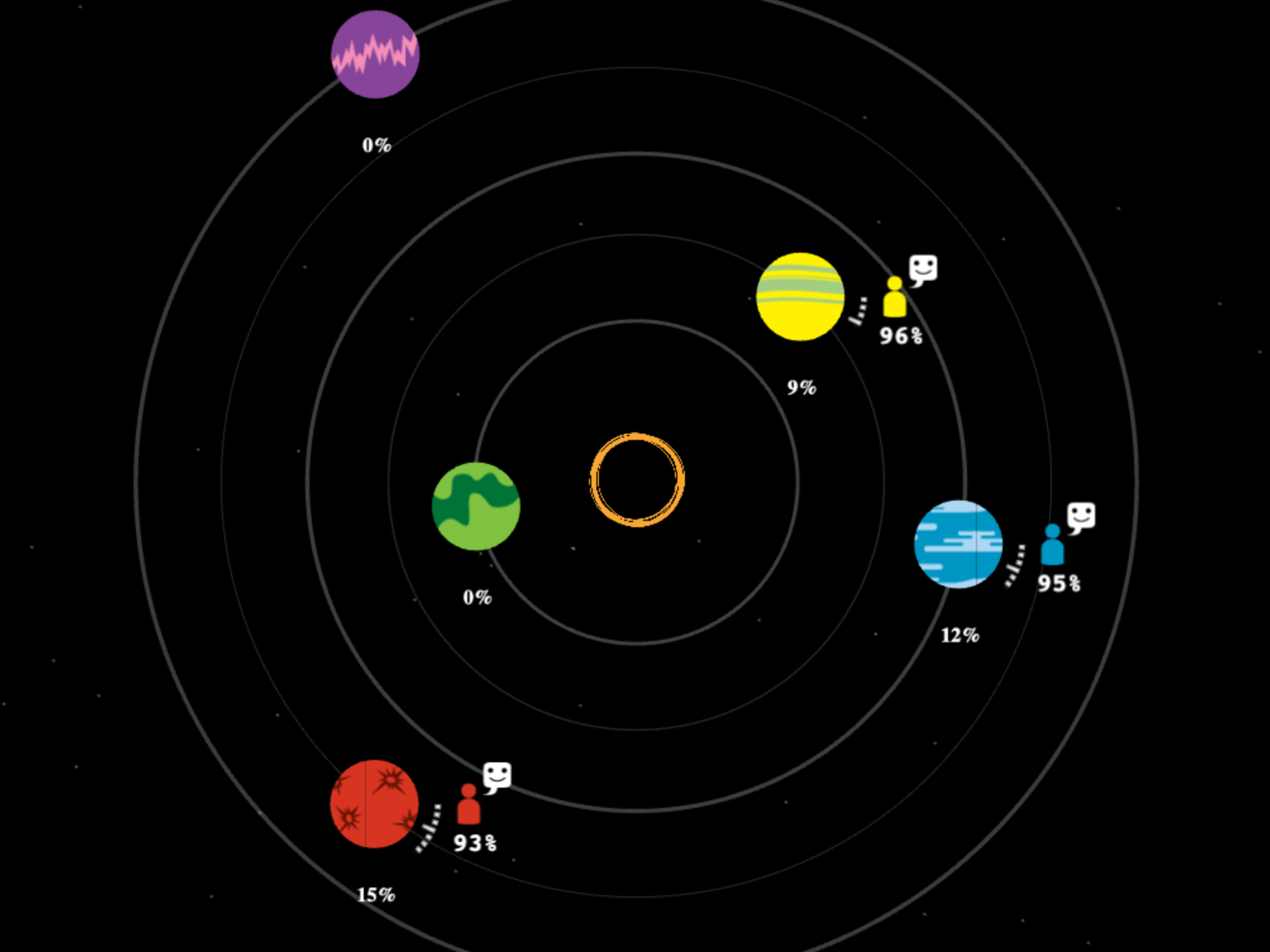Role: Artistic Director
Co-Directors: Katy Meeks & Leilani Westman
Project: Live Dance Production
Timeframe: 1 year
Venue: UC Santa Cruz Theater Arts Mainstage
Performances: February 14 - 16 & 20 - 23, 2020
Artistic Statement
Random With a Purpose is a collaboratively student-run and student-created dance production presented every winter at UC Santa Cruz. For the past 28 years, this show has provided students with the opportunity to choreograph, dance, and produce a collective performance. I proposed the theme Prism as part of an application to direct the 28th show, which was used as both a prompt and aesthetic vision to create a cohesive show.
A prism is a tool, a lens, which allows us to visualize the spectrum of light through color. This spectrum is a real physical property that separates and distinguishes. Color itself, however, is only a perception that differs between individuals. Yet we often mistake our subjective understanding of color to be objective. Similarly, conflating our perception of the world with reality encourages us to ignore other possibilities and, in turn, create incomplete or misleading understandings about the world. By recognizing a prism for the tool that it is and acknowledging how we receive the information it provides, we can become better able to distinguish between our own prejudices and the reality of situations.
We asked the choreographers to reflect on their own identities and communities they are a part of and “bring to light” a facet of that which they turn away from. Prism facilitated introspection for choreographers and cast alike to produce work integral to their identity. The metaphor we constructed functioned as a framework of approach for how we formulate our relationship with the world through our unique perceptions. Like a prism can make visible the spectrum of light, this show aimed to make us more aware of and dissect the distorted views that dominate our thinking, lives, and interactions with others. The final product was centered in a space focused on seeking out these camouflaged perspectives and thereupon harmonizing all of our various lenses.
Development & Production
Proposal In Spring 2019, we drafted and submitted a proposal that included both artistic and technical elements ranging from abstract thematics to specific applications. This proposal acted as a guide for how we would bring the show together over the next year.
Production Meetings Starting in Fall 2019, we attended weekly meetings with professional production staff overseeing operations, scenic design, lighting, media, sound, costuming, and promotions. In these meetings we communicated our needs as well as the needs of our choreographers, designers, and cast.
Lighting, Sound, and Set We worked with a lighting designer (Amber Zepf) to create a cohesive lighting design. We also worked with musicians to include original compositions and live music accompaniment throughout our show. We worked with the school’s scene shop to design and implement a set.
Choreographers In Summer 2019 we released an artistic statement and call for choreographers to audition for our show. We asked each choreographer to submit a form explaining their idea and how it applied to our theme and a minute of movement. Auditions were held over one weekend in Oct 2019, where we cast 18 choreographers to produce 14 pieces in the styles of Modern/Experimental, Contemporary, Urban, Tap, Burlesque, Salsa, Bhangra, and Bharatanatyam. Throughout Winter 2019/2020, we held weekly choreographer meetings where we checked up on our choreographers to make sure their piece was on track and they were receiving the support they needed to fully realize their vision. We also created a handbook for choreographers that outlined expectations and deadlines from Production to ensure we had all of our elements in place by opening night.
Dancers After casting our choreographers, we held open auditions for dancers. These auditions were comprised of a warm-up, choreography section, and improvisation led by the choreographers. Afterward, we held a casting meeting where the choreographers chose their dancers. We then sent out casting emails and connected dancer with choreographer. I organized a rehearsal schedule for all 14 pieces across three studio spaces. This involved considering the cast and choreographers schedule as well as the availability of the spaces. Rehearsals were conducted over a 7-week period, and in that time the piece had to be created, taught, and cleaned. Three Showings were held over the 7 weeks where the entire cast came together and performed the in-progress pieces. This was an opportunity for choreographers to receive feedback, designers to understand the pieces, dancers become comfortable performing in front of people, and directors and production to be aware of any concerning developments.
Course The production is held as a theater arts class for the cast and because of this, we were able to use the program Canvas to post assignments and show guidelines/information. We created the syllabus, assignments, and announcements as well as provided feedback on all submissions.
Advisors Prof. Cynthia Ling Lee was our faculty advisor throughout the process. We had weekly meetings with her. She aided us in navigating production in a professional way and provided experienced feedback to our choreographers.
Community As directors, it was our job to create a community with our cast. This show is known for being incredibly inclusive and welcoming to dancers of all backgrounds. We held bonding events and worked with an artist to create cast shirts and stickers.
Social Media We ran our company social media throughout the year. Posts included announcements regarding the show, spotlights featuring choreographers/designers, and engaging with our followers.
Fundraising The show operates on a small budget funded through student fees, so we hosted fundraisers to increase that budget. We contacted suppliers, created graphics, and tabled in populated areas to raise money and awareness. We kept track of our budget and spending in order have funds for the following year.
Graphic Design I designed the majority of our graphics for social media and the show, including the graphic for our theme announcement. Open Processing, Adobe Illustrator, and Canva were the programs used.
